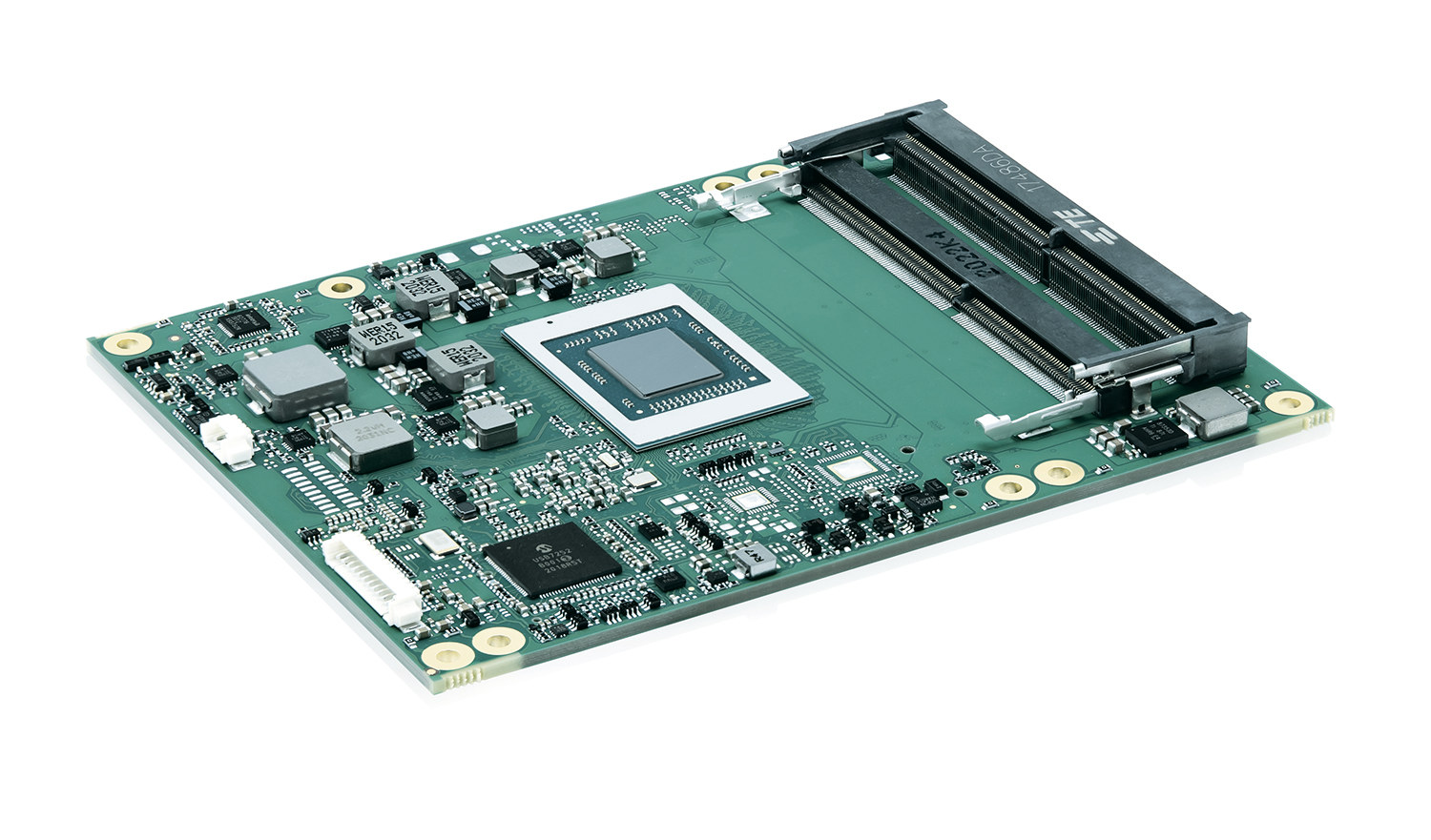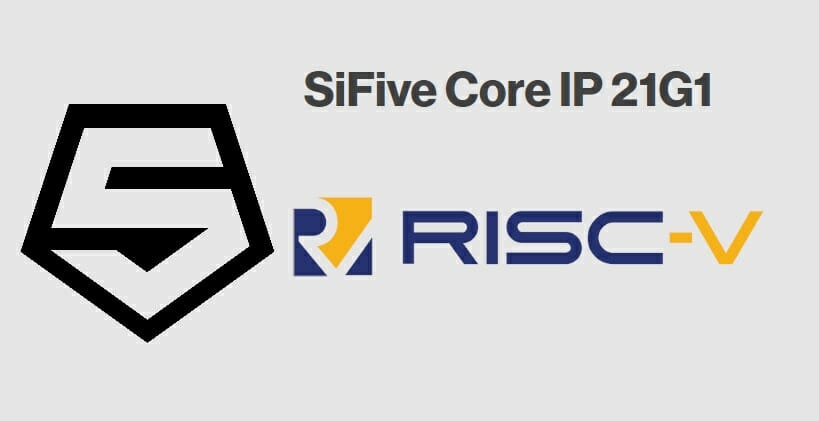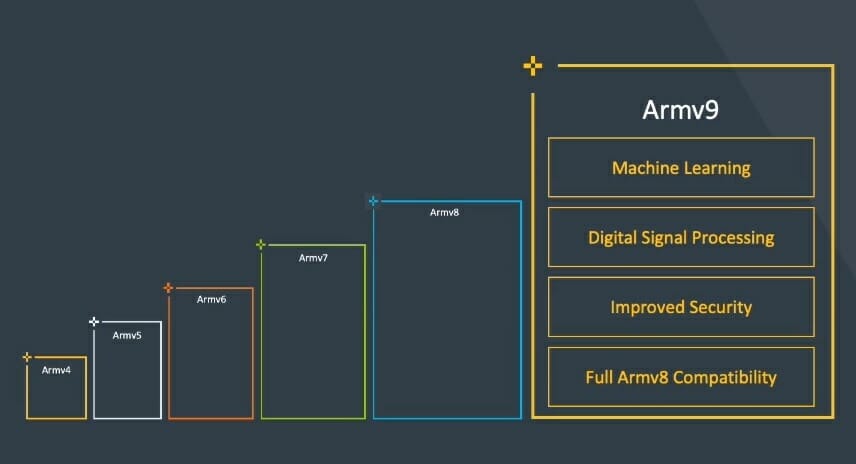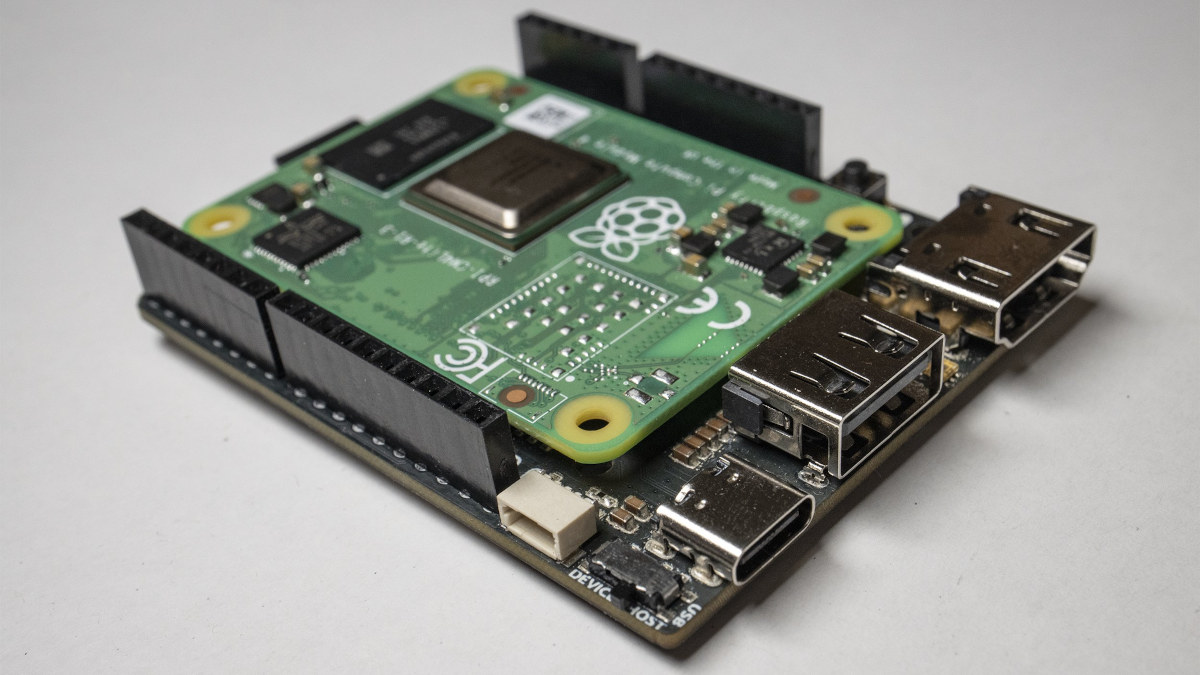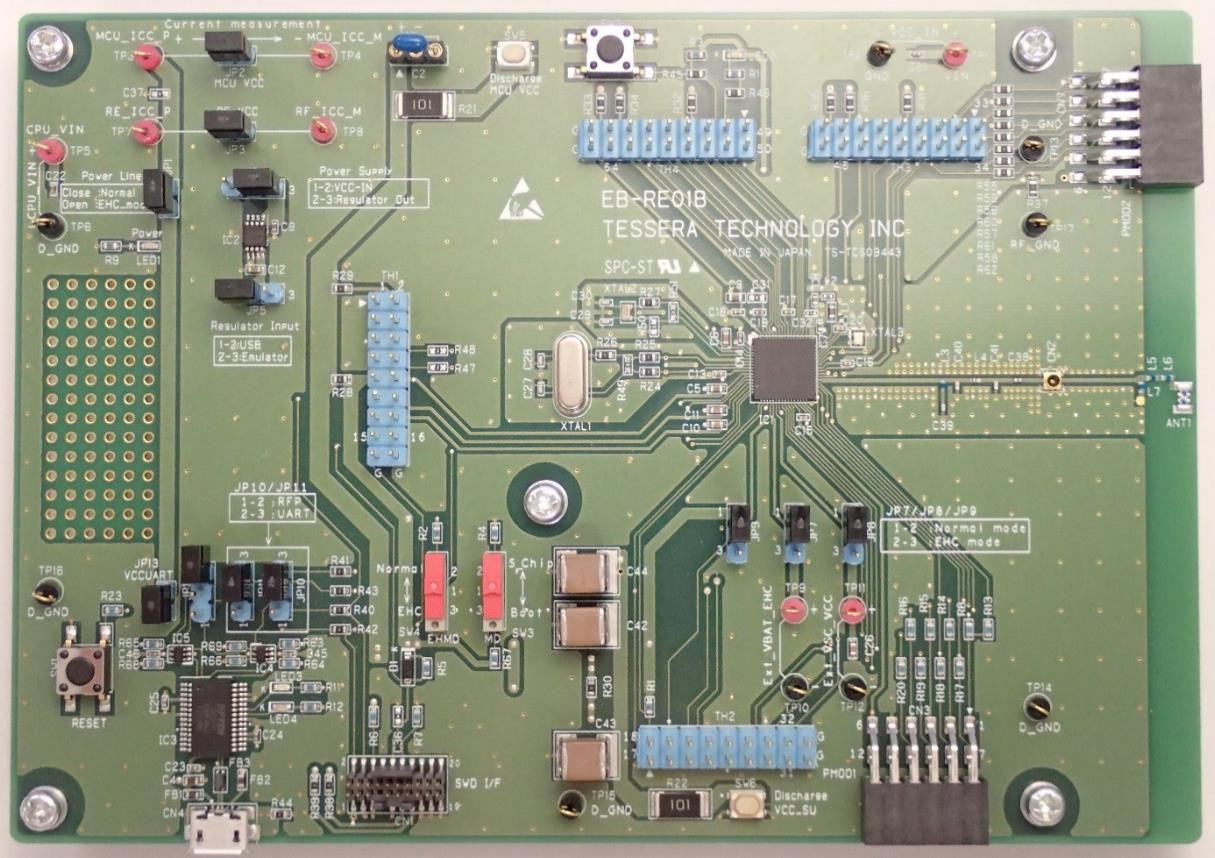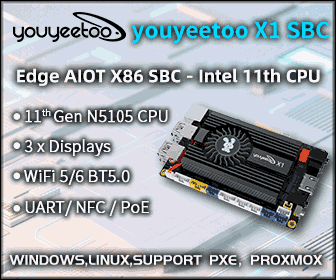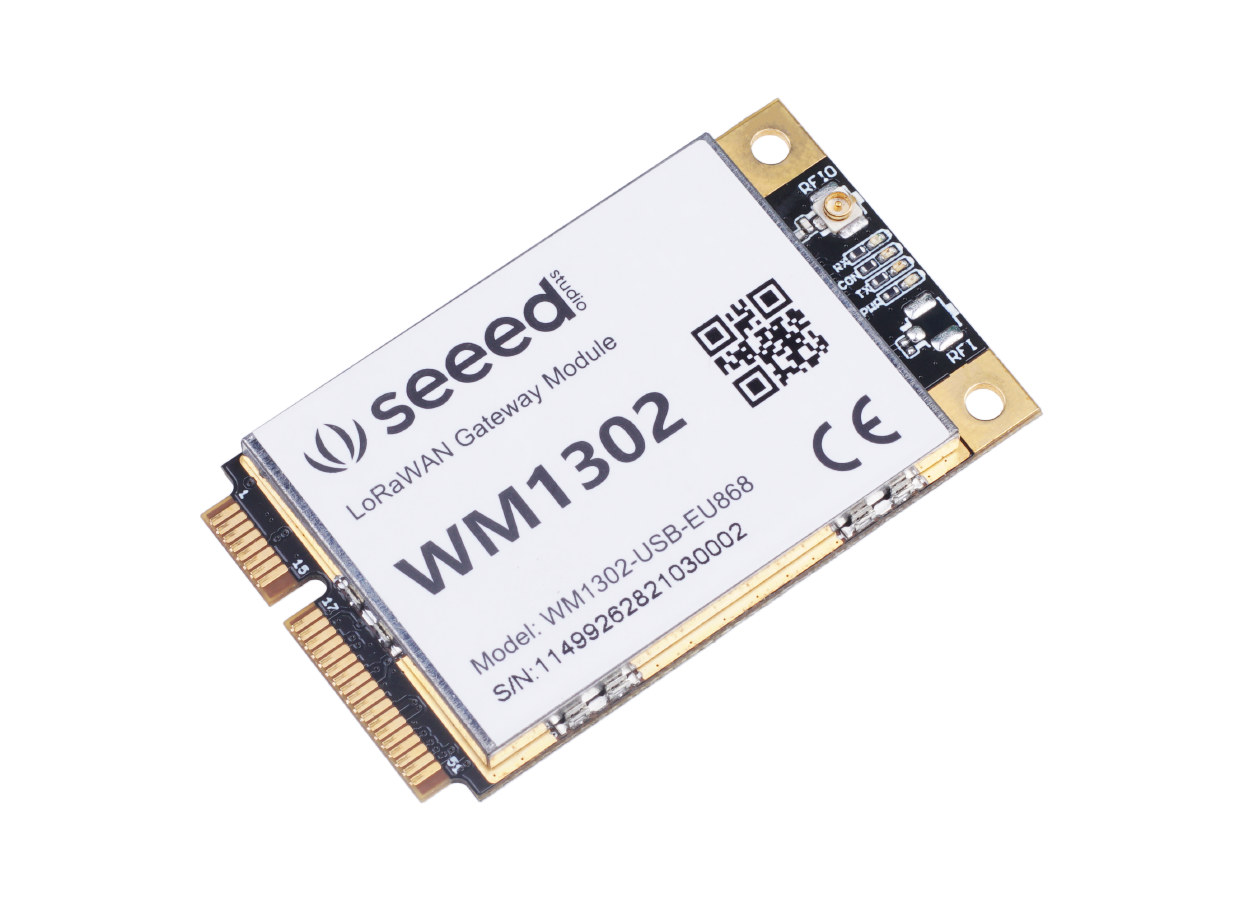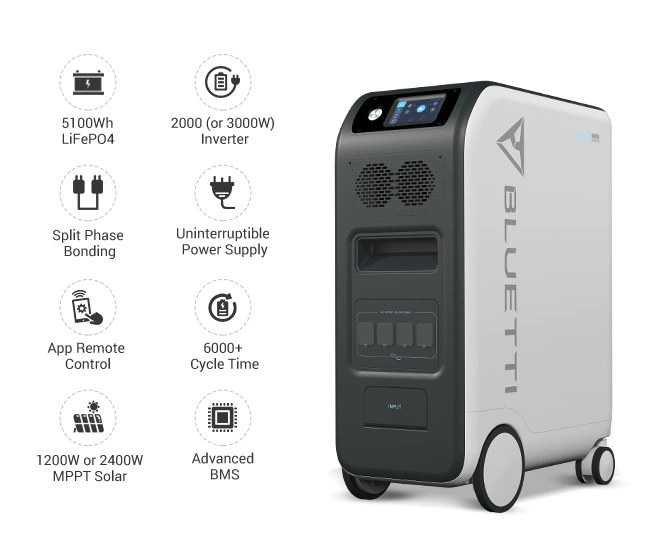There are been some initiatives to work on open-source tools for FPGA. Major FPGA vendors have made limited efforts, with for example Xilinx recently releasing the source code for HLS FPGA tool’s front-end, but most of the work is done by the community with projects like Symbiflow dubbed the GCC of FPGAs, or Project IceStorm for Lattice Semi FPGAs. Industry veterans and academics have decided to launch the Open-Source FPGA (OSFPGA) Foundation that aims to bring together companies, universities, and individuals to advance open-source FPGA capabilities, establish cooperation channels, promote outreach and education, and coordinate joint efforts around an open-source FPGA ecosystem. The OSFPGA Foundation goals go beyond just providing open-source tools, as the vision statement also mentions “open-source FPGA & eFPGA fabrics”, the Github page also includes IP blocks with the FuseSoC package manager for IP cores, the Skywater Open-source FPGAs, and LiteDRAM lightweight, configurable DRAM core. Current board […]
Ryzen Embedded V2000 COM Express Module supports up to 1TB NVMe SSD, 64GB DDR4
We’ve already covered some COM Express modules based on AMD Ryzen Embedded V2000 processors with products like ADLINK cExpress-AR COM Express Type 6 Compact computer-on-module, but Kontron COMe-bV26 is the first we’ve seen that follow COM Express Basic Type 6 standard. The module supports up to 64GB DDR4 via two SO-DIMM connectors, up to 1TB NVMe onboard SSD, exposes 8x PCIe lanes, and with an 8-core/16-thread Ryzen Embedded V2000 processor is well-suited to IoT edge devices that must perform parallel processing tasks. Kontron COMe-bV26 specifications: AMD Embedded V2000 SoC AMD V2748 octa-core/16-thread processor @ 2.9 GHz / 4.15 GHz (Turbo) with 4MB L2 cache, 7CUs Radeon RX Vega 7 GPU @ 1.6 GHz; TDP: 35-54W AMD V2718 octa-core/16-thread processor @ 1.7 GHz / 4.15 GHz (Turbo) with 4MB L2 cache, 7CUs Radeon RX Vega 7 GPU @ 1.6 GHz; TDP: 10-25W AMD V2546 hexa-core/12-thread processor @ 3.0 GHz / 3.95 […]
SiFive Core IP 21G1 release improves bit manipulation, floating-point unit, reduces code footprint
As SiFive has a portfolio of RISC-V cores ranging from low-power E2-series to high-performance U8-series cores with performance similar to Cortex-A7x cores, the company has not released new cores for a while, and instead focuses on improving their current RISC-V cores. We saw that last year with the SiFive 20G1 release that improved performance & efficiency, and lowered the silicon area for the same features set. SiFive further improved its cores and ecosystem with the latest SiFive 21G1 release. The main new features brought by SiFive 21G1 release include: SiFive 2-Series and 7-Series processors are now available with the “Bit Manipulation” extension, RV32B, with Zba and Zbb extensions. This can accelerate Cryptographic Hash algorithms by up to 35% Support for FP16 half-precision floating-point computation in order to reduce memory size and power consumption, and for some AI workloads The memory map is now fully programmable SiFive RV64 processors support up […]
Armv9 architecture to focus on AI, security, and “specialized compute”
Armv8 was announced in October 2011 as the first 64-bit architecture from Arm. while keeping compatibility with 32-bit Armv7 code. Since then we’ve seen plenty of Armv8 cores from the energy-efficient Cortex-A35 to the powerful Cortex-X1 core, as long as some custom cores from Arm partners. But Arm has now announced the first new architecture in nearly ten years with Armv9 which builds upon Armv8 but adds blocks for artificial intelligence, security, and “specialized compute” which are basically hardware accelerators or instructions optimized for specific tasks. Armv9 still supports Aarch32 and Aarch64 instructions, NEON, Crypto Extensions, Trustzone, etc…, and is more an evolution of Armv8 rather than a completely new architecture. Some of the new features brought about by Armv9-A include: Scalable Vector Extension v2 (SVE2) is a superset of the Armv8-A SVE found in some Arm supercomputer core with the addition of fixed-point arithmetic support, vector length in multiples […]
Piunora has the guts of a Raspberry Pi 4 with Arduino form factor, M.2 PCIe socket (Crowdfunding)
The Raspberry Pi 4 is a pretty cool board, but if you wished it was just a bit smaller, and you could use the PCIe interface exposed by the Broadcom BCM2711 processor more easily, Timon has designed Piunora carrier board for the Raspberry Pi Compute Module 4. The solution provides a board with the guts of Raspberry Pi 4 SBC but using the Arduino form factor including access to the six ADC pins, and an M.2 socket with the PCIe signal from the Broadcom SoC. Piunora carrier board specifications: SoM compatibility – Raspberry Pi CM4 module with Broadcom BCM2711 quad-core Cortex-A72 processor @ 1.5 GHz, 1 to 8GB RAM, optional 4GB to 32GB eMMC flash, optional wireless module with 802.11b/g/n/ac WiFi 5 and Bluetooth 5.0 Storage – 1x MicroSD card socket (for the OS when using Raspberry Pi CM4Lite system-on-module) Video Output – 1x HDMI 2.0 port up to 4Kp60 […]
Renesas RE01B Bluetooth 5.0 LE MCU harvests energy for battery maintenance-free IoT devices
Nobody likes to change or recharge batteries in their IoT nodes, so any new development related to energy harvesting or batteryless devices is welcomed. Renesas RE01B is a new Bluetooth 5.0 Low Energy (BLE) Arm Cortex-M0+ MCU that consumes at little as 35 µA/MHz during operation and 600 nA during standby making it suitable for battery maintenance-free IoT devices, or even batteryless IoT devices thanks to its energy harvesting controller. Renesas RE01B microcontroller’s features and specifications: CPU – Arm Cortex-M0+ core up to 64MHz GPU – 2D graphics accelerator Memory – 256KB SRAM Storage – 1.5MB flash Connectivity – 2.4 GHz radio with Bluetooth 5.0 Low Energy; up to 400m range (Long Range) and 2 Mbps data rate I/Os 8x PWM outputs 7x 14-bit A/D converters (ADC, Analog inputs) SCI (UART), I2C, SPI Timers 1x 32-bit Timer, 3x 16-bit Timer, 2x 8-bit Timer 2x Watchdog Timer, 1-second event timer, stopwatch […]
WM1302 LoRaWAN gateway mini PCIe module works over SPI or USB
Announced in 2019, Semtech SX1302 LoRa transceiver is designed for cheaper, and more efficient LoRaWAN gateways, and we’ve seen it in mini PCIe concentrator cards such as nFuse SX1302 and Rak Wireless RAK2287 using USB or SPI host interfaces. Seeed Studio adds another option with WM1302 LoRaWAN gateway mPCIe module using either SPI or USB interfaces and supporting 868 or 915 MHz frequency bands. WM1302 module specifications: MCU – STMicro STM3L412 Arm Cortex-M4 microcontroller @ 80 MHz with 40KB RAM, 64 or 128KB flash LoRa Connectivity Semtech SX1302 LoRa Transceiver with 2x SX1250 Tx/Rx front-ends Tx power – Up to 26dBm @ 3.3V Rx sensitivity – Down to -139dBm @ SF12, BW 125 kHz; -125dBm @ 125K/SF7 LoRaWAN 1.0.2 compatible. LoRa band coverage – EU868, US915, AS923, AS920, AU915, KR920, and IN865. u.FL antenna connector Misc – Power, Config, and Tx/Rx LEDs Host Interface – SPI or USB interface on […]
BLUETTI EP500 is a power bank & UPS for home appliances (Crowdfunding)
Many people are using a power bank to extend the battery life of their mobile device(s), and there are also laptop power banks which higher capacity and support for 12V and/or 19-20V besides the usual 5V. But BLUETTI EP500 & EP500Pro go up a notch as the systems aim at powering multiple home appliances or be used as UPS in case of power failure, or whenever you need to use tools or appliances away from the mains. BLUETTI EP500 & EP500Pro specifications: Control system based on Texas Instruments C2000 dual-core Arm+DSP real-time microcontroller AC Rated Power EP500 – 2000W (peak 4800W less than 500ms) EP500Pro – 3000W (peak 6000W less than 500ms) Power Input EP500 600W max, 100-264V AC via AC input – Charging time around 9 to 10 hours 1,200W max via PV input or T500 input (55-145V DC, 20A) – Charging time around 5 hours with solar panels […]



